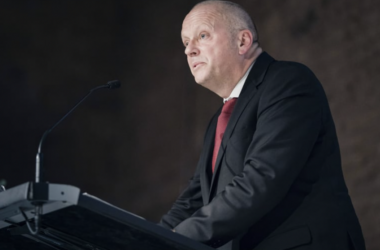In a move that promises to shed new light on long-held secrets, President Donald Trump signed an executive order to declassify records related to the assassinations of iconic figures like Martin Luther King Jr., John F. Kennedy, and Robert F. Kennedy.
The announcement was made public through a video posted by Margo Martin on X, where Trump expressed the gravity of the action.
“That’s a big one, huh?” Trump remarked, acknowledging the widespread anticipation. “A lot of people are waiting for this— for years, for decades. And, everything will be revealed.”
The executive order emphasizes the need for transparency, noting that over 50 years after the assassinations, the U.S. government has failed to release all the relevant records. “Their families and the American people deserve transparency and truth,” the order reads, urging the release of all files without delay.
In earlier statements, Trump had pledged to release these documents soon, alongside other records that are of public interest. “As a first step toward restoring transparency and accountability to government, we will also reverse the overclassification of government documents,” Trump said, signaling his intention to bring long-overdue transparency to the American public.
The move, while welcome by those who demand answers, also highlights a larger issue: the tightening grip of government secrecy over the years. While tech giants and government agencies continue to hoard data on citizens, the question remains—when will the same transparency be applied to the digital surveillance state that increasingly controls our lives? Trump’s executive order is a reminder of the ongoing struggle for truth, but it also raises the broader question of who gets to decide what’s kept hidden, and why.




